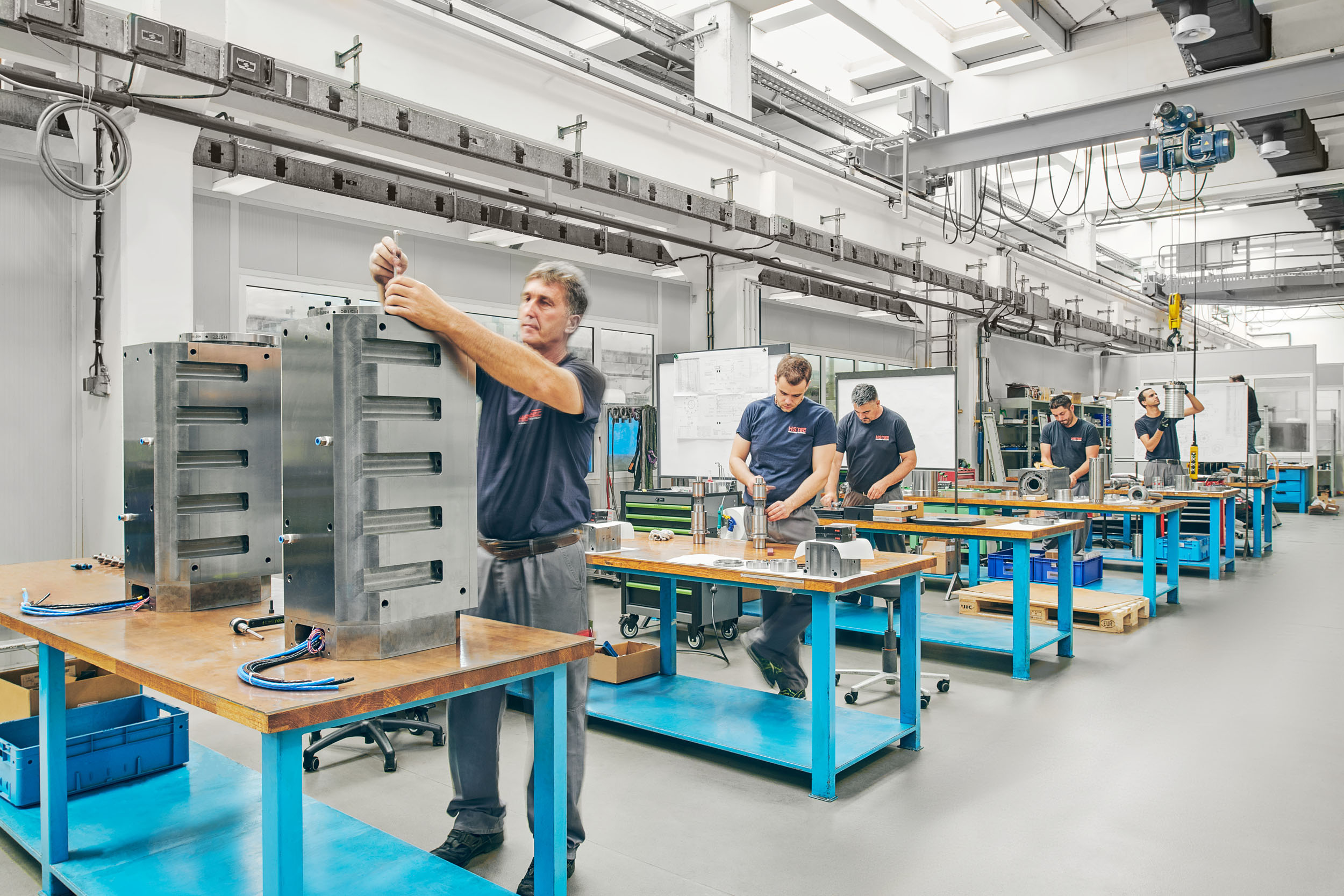Using Recycled Materials in Manufacturing

Getting creative with recycling in the manufacturing industry is necessary
Manufacturing is one of the broadest industries in the world. It encompasses any and all products, which means it produces a significant amount of waste, too. From metals to plastics, manufacturing works with various materials that are integral to society.
However, when these materials go to waste, they add up and can harm the environment by leaching toxins into the surrounding landscapes or disrupting ecosystems.
Used or scrap materials are an opportunity for manufacturers to make money. To properly act on this opportunity, recycling is key. Reusing and repurposing materials and scrap parts can make and save money for manufacturing facilities. Before that’s possible, though, facilities will need a plan to identify viable scrap.
Further, knowing how to reuse the materials or who to sell them to is crucial. Integrating recycling into workplace tasks and responsibilities then creates a clear path forward.
Developing a Plan
In 2017, the United States generated 267.8 million tons of solid waste. A portion of this waste comes from manufacturing since the industry uses solid materials like plastics, metals, paper, glass and concrete. To properly address this amount of waste, manufacturers need to create workplace plans and protocols.
First, managers and supervisors must fully understand their company’s waste production. They should check on each sector and worker to see how much waste they produce. By doing so, they can pinpoint where the most scrap materials come from and what the waste consists of.
Materials like plastics, metals, aluminum, glass and cardboard are common in manufacturing. Managers can likely recycle anything along the lines of these things. The only products to be cautious of are ones that contain toxins or harmful chemicals. Workers should follow the proper disposal protocols for each substance.
Otherwise, employees should receive training on what types of scrap and waste to look for. Then, they can sort them accordingly and keep unusable scrap separate from recyclable scrap. The goal is to recycle as much as possible. Paper and cardboard can become insulation. Metals can be melted down to create new products.
If manufacturers do not have in-facility recycling, they should branch out to recyclers or resellers. Then, they can profit from the parts they get rid of while keeping their waste output low.
Uses and Benefits of Recycling
The recycling process requires knowing which materials can become new products or resources. If a manufacturer is going to use in-house recycling machinery, especially, they will need to know which resources to focus on. This kind of in-facility approach will save money since workers can concentrate less on buying new materials and more on reusing the ones they have.
For instance, recycling concrete for landscaping or construction is a key way to reuse heavy-duty materials. For something smaller, like glass, manufacturers can crush or compile the pieces, melt them down and form a new object or tool.
If manufacturers are seeking to partner with recycling facilities, this can be a way to profit. By selling scrap or old materials, manufacturers bring in money they can use at their discretion. Recyclers may use metal parts, for example, to create new steel and aluminum. Other times, the resins and polymers inside plastics offer key elements for recyclers to make new products, like bottles.
Another useful tip for waste and recycling is creating biomass energy. If manufacturers can’t find a use for certain waste, they can burn it as biomass — which uses steam to power turbines that generate heat or electricity. Farmers use plant and animal waste for biomass energy, saving money in the process.
Getting creative with recycling in the manufacturing industry is necessary. It helps save and make money while getting rid of products that are no longer in use.
Introducing an Era of Manufactured Recycling
With a plan in place and a solid idea of what materials manufacturers can recycle, facilities can work toward more financial and environmental responsibility. By doing so, they benefit themselves and the planet.
Bio:
Emily covers topics in manufacturing and environmental technology. You can follow her blog, Conservation Folks, or her Twitter to get the latest updates.


![LinkedIn Business Banner[646x220]-rid_808dbdeb-af83-4f48-9e40-6bc81b30d29a](https://www.machineinsider.com/wp-content/uploads/2020/10/LinkedIn-Business-Banner646x220-rid_808dbdeb-af83-4f48-9e40-6bc81b30d29a.png)



